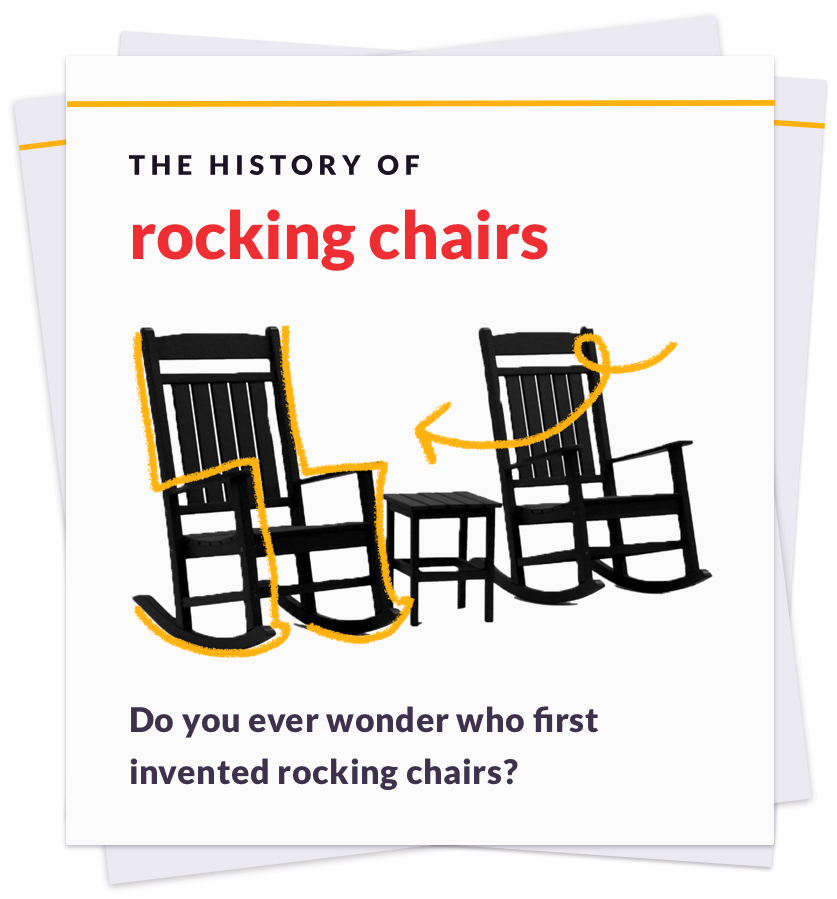Murray Spangler was an inventor who worked nights as a janitor and suffered from asthma. In 1907, he decided to do something about the dust that aggravated his condition each night as he swept up. Using a tin soap box, a fan, a sateen pillowcase, and a broom handle, he assembled a unique contraption that he called a "suction sweeper.” Realizing its potential, he patented the device and sent the rudimentary vacuum cleaner to his cousin, Susan Hoover, to try out. Susan loved it so much that she became an immediate supporter and even showed it to her husband, William Henry Hoover, who was the owner of a leather goods manufacturing shop. Hoover purchased the patent from Spangler and worked with Spangler and a handful of employees to begin producing several vacuums. In 1908, he started selling them through his newly formed company, the Hoover Company. In the early days, Hoover placed an ad in The Saturday Evening Post offering a 10-day free trial of the Hoover suction sweeper and selected a store in each city that customers could trial and purchase the product from — this laid the groundwork for the national dealer network that soon became an important distribution channel for the company. Hoover engineers also made continuous improvements to the machine’s design, the most notable of which was the addition of the beater bar, which was introduced in 1926. Hoover also pioneered several other pieces of vacuum cleaner technology over the years, including the disposable paper bag, the vacuum cleaner headlight, the self-propelled feature, and the side-mounted hose feature. As home vacuums caught on in the 1950s, the Hoover name became more or less synonymous with vacuuming and, in fact, the task is still sometimes referred to as “hoovering!” Today, Hoover continues to manufacture a robust line of vacuum cleaners for both home and commercial use.

Your go-to guide for weird history facts
Subscribe to the FREE daily email that makes learning about history fun.


